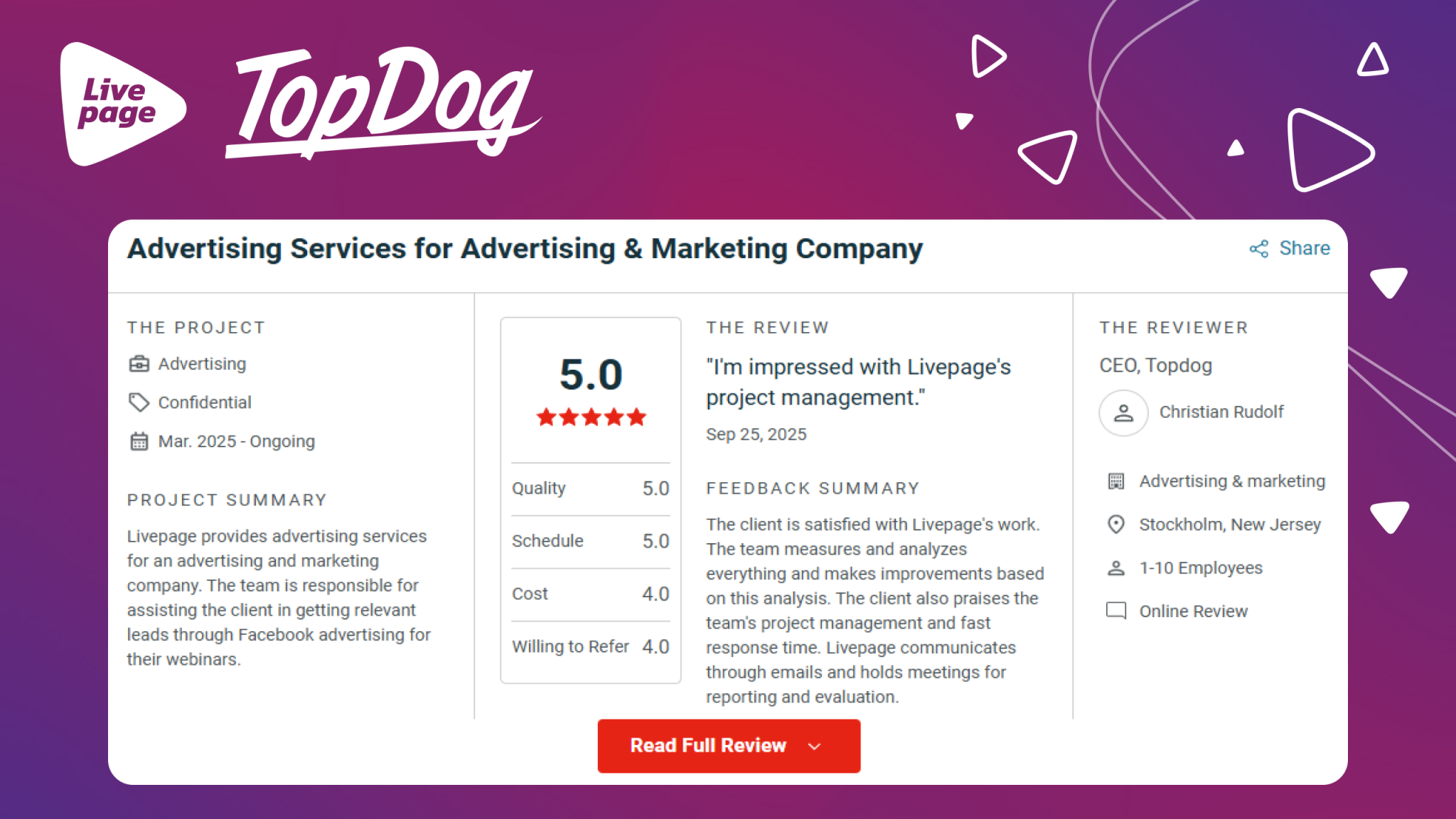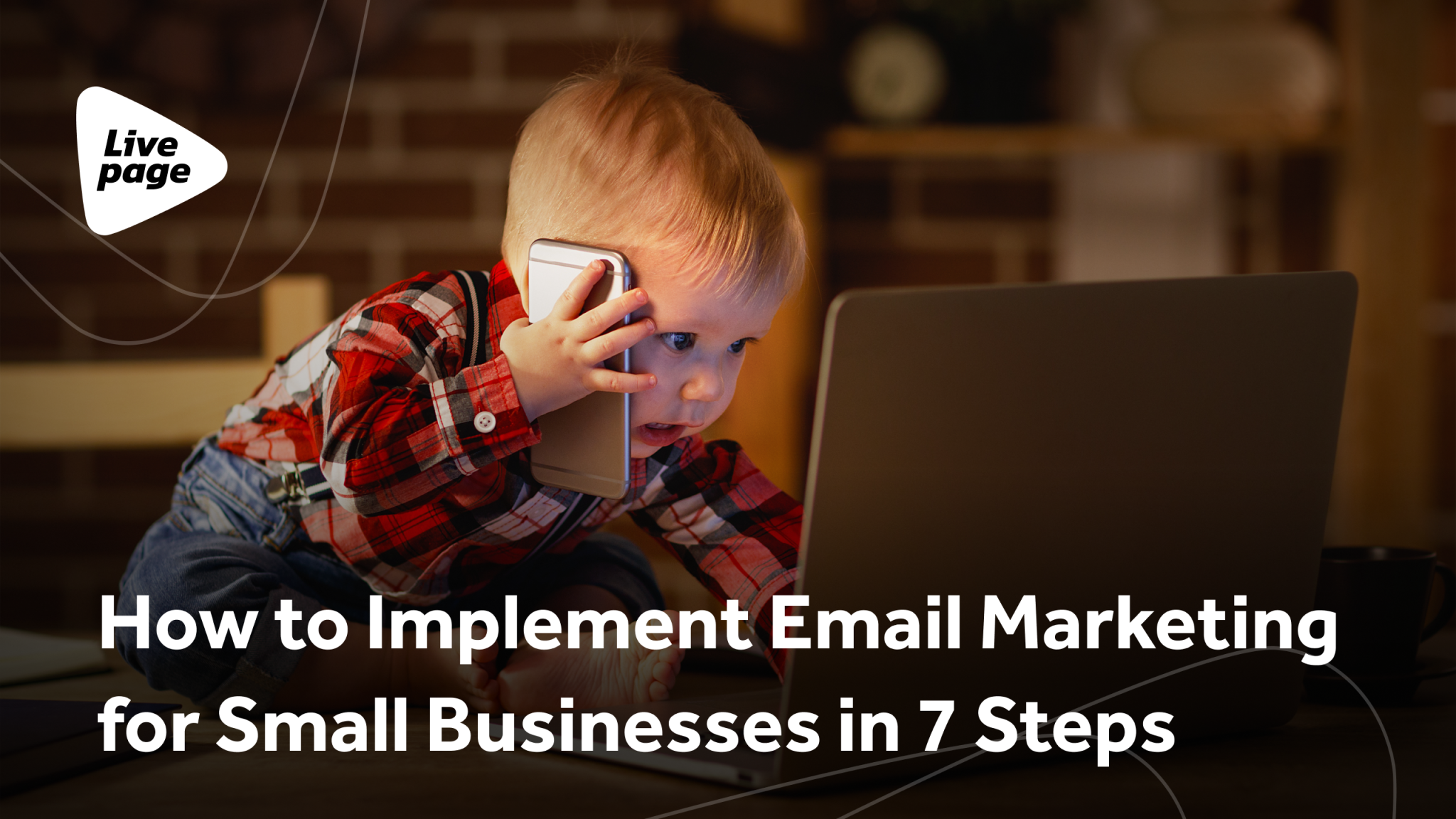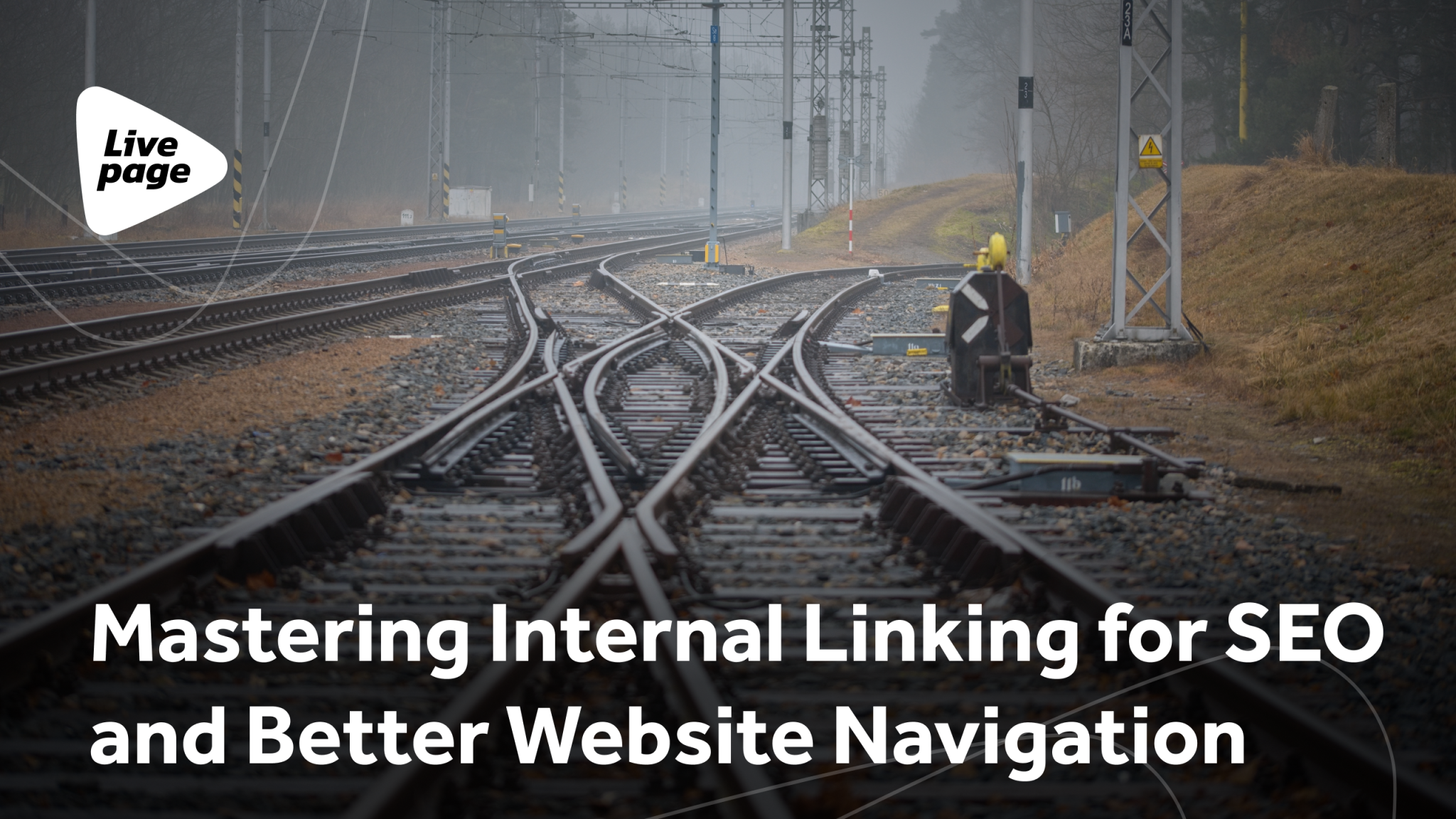
How to Implement Email Marketing for Small Businesses in 7 Steps

Email marketing is a powerful tool that can help small businesses broaden their customer base, build brand loyalty, boost sales, and encourage repeat purchases. Many companies have already successfully integrated email marketing into their strategies, leveraging it to establish regular and personalized communication with their target audience. Let’s delve into some practical tips for effectively launching an email marketing campaign.
Step 1: Define Your Goals and Strategy
The first step is to lay out clear goals for your email marketing efforts. Are you looking to drive up to increase sales of a specific product? Or perhaps your aim is to elevate brand awareness or enhance customer interaction to build loyalty. Whatever your objectives, it’s important to pin them down from the get-go.
Your strategy should be dynamic enough to shift with changes in audience behavior and the results of your campaigns. Keep an eye out for what’s working and what’s not, and be ready to switch things up as needed.
Step 2: Identify Your Audience
To craft effective email campaigns, it’s essential to get a solid grasp on your target audience — their needs, expectations, and desires. Segmenting your audience allows you to fine-tune your messages for specific groups.
Segment your customers by demographic, behavioral, or other relevant criteria. For example, an online clothing store owner might segment their audience by gender, life stage (e.g., buyers of children’s clothing), price range (budget or premium segment), or lifestyle (evening or office attire).
Step 3: Build Your Contact List
With your audience segments identified, it’s time to pull together a mailing list.
Consider placing a static form in the footer or employing a dynamic form that pops up as a widget after a visitor spends a certain amount of time on your site. This approach will help you effectively gather contact details from visitors who are genuinely interested in your products or services.

Step 4: Choose an Email Campaign Platform
Managing email marketing becomes far more convenient with specialized tools. Choosing an email service provider (ESP) that meets your current and future needs is crucial. While basic functions may suffice for now, invest in a platform that covers at least 80% of the functionalities you’ll likely need down the line.
 |  |  |  |
Step 5: Create Compelling Email Content
Content development is the backbone of any email marketing campaign. Your emails should resonate with the needs and interests of your target audience:
- Define a clear goal for each email, whether it’s to introduce new products, encourage repeat purchases, or provide valuable content.
- Craft captivating and informative subject lines that entice recipients to open your emails.
- Personalize content by addressing recipients by name and referencing their previous interactions with your business.
- Incorporate visual elements such as high-quality images and videos to make your emails more engaging.
- Conclude each email with a clear call to action (CTA) that guides the recipient on what to do next.
- Ensure the design is optimized for mobile devices, as a significant portion of emails are opened on smartphones.

Step 6: Automate Your Email Marketing
Automation is key to streamlining your email marketing efforts. It allows you to create customer journeys where emails are triggered based on specific actions (or inactions) taken by recipients. But that’s just scratching the surface — there’s a whole range of triggers at your disposal. For example, when a new contact joins your list, they automatically receive a welcome email.
If a recipient opens an email but doesn’t follow through with the desired action, you can send a targeted email to follow up to reel them back in. The possibilities with automation are endless, giving your email marketing much more punch and potential.

Step 7: Track, Analyze, and Refine
Now comes the crucial final step—tracking and refining your efforts. The hallmark of robust marketing is continuous improvement. Once your campaign is up and running, you’ll start gathering valuable statistics that you’ll need to interpret carefully. Grasping the insights from the reports section of your email marketing tool will help you empower you to refine and enhance your future campaigns.
Begin your analysis by reviewing open rates, click-through rates, and bounce rates. Low open rates usually might point to lackluster subject lines, email deliverability issues, or poor timing. By drilling down into these metrics and considering how to tweak them in your next campaign, you can steadily enhance the effectiveness of your email marketing strategy.

Conclusion
Mastering email marketing is essential for small business owners aiming to elevate their marketing game and achieve significant results. At our email marketing content strategy agency Livepage, we have a proven track record of building successful email marketing campaigns from the ground up, turning them into a profitable channel for your business.
Remember, email marketing isn’t a one-off task—it’s an ongoing process that demands continuous refinement and adaptation to shifting audience behavior and market trends. Our Livepage team is ready to assist you at every step, ensuring your campaign reaches its full potential.















